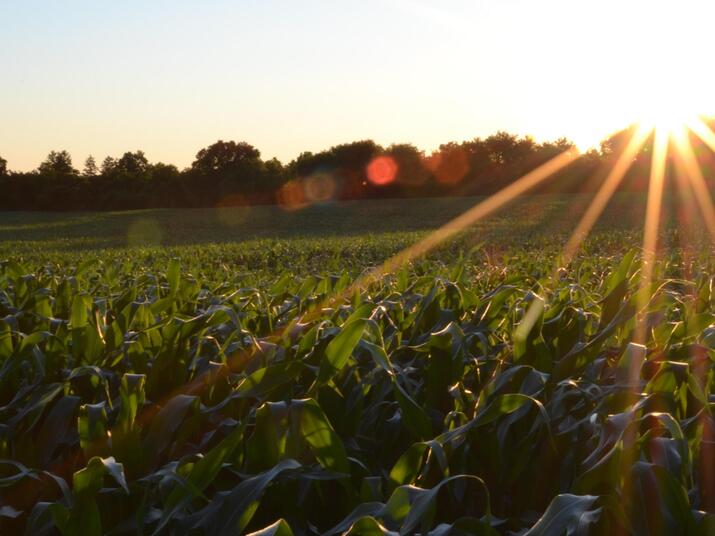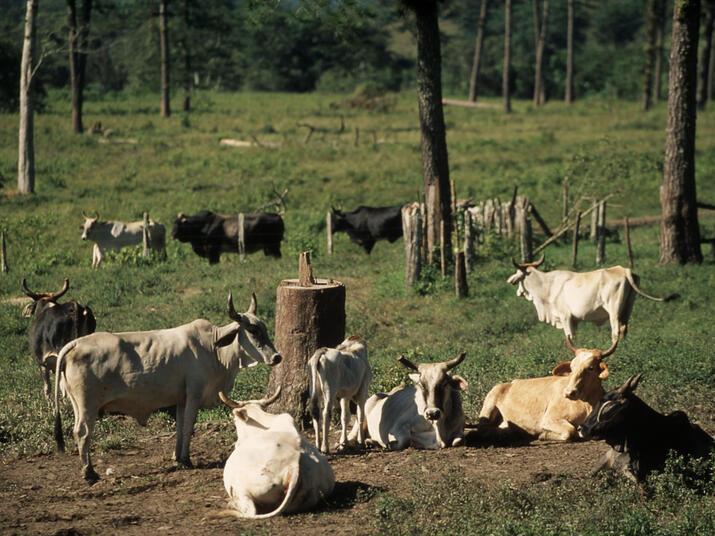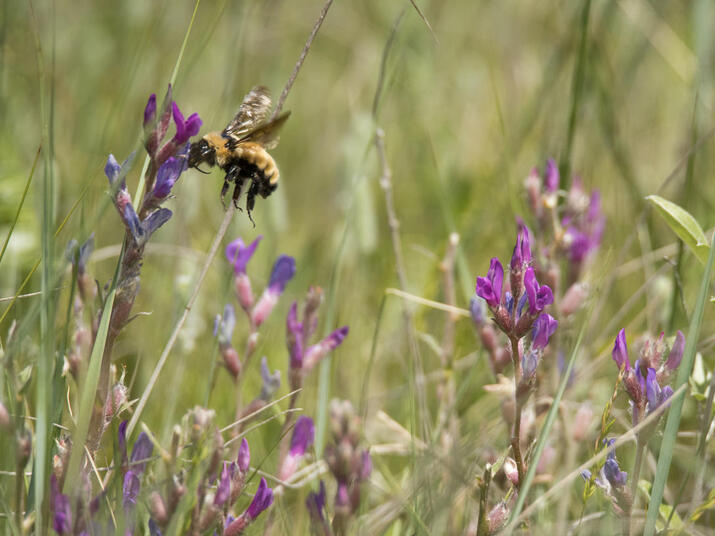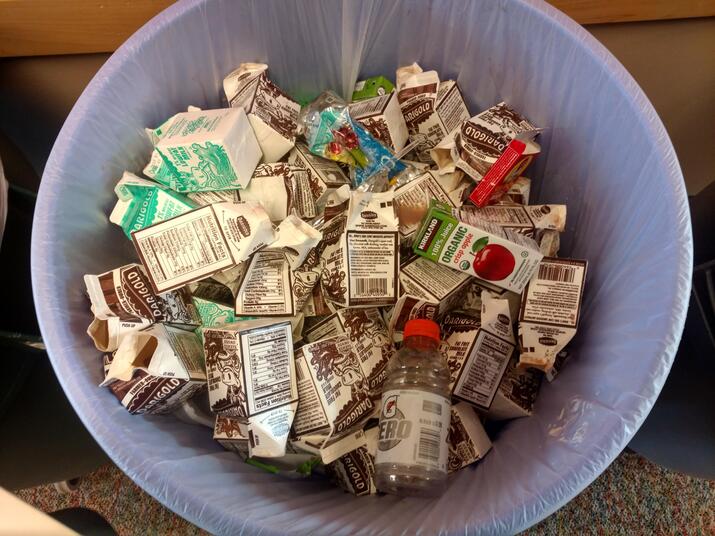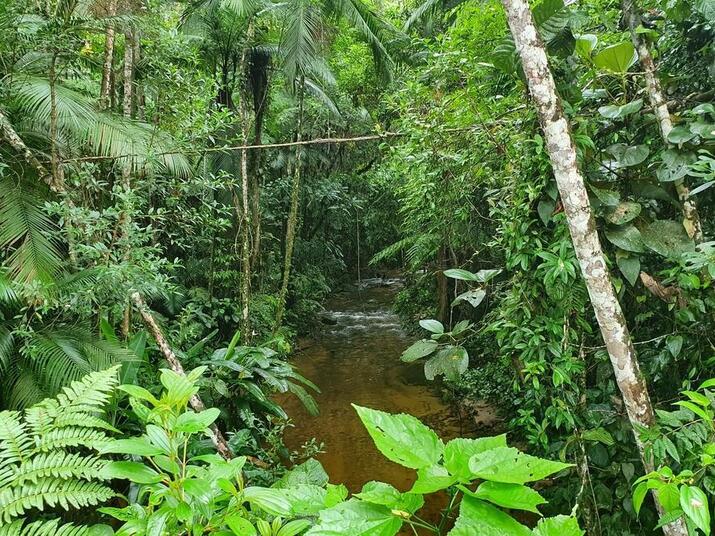Six sustainability stories from 2022 you don't want to miss
- Date: 30 December 2022
- Author: Susan McCarthy and Lorin Hancock, WWF
Your editors of Sustainability Works are once again stepping out of the shadows to deliver a few words to close out 2022.
It’s a privilege to work at WWF and be surrounded by incredible people whose work is literally changing the world for the better (you can meet a few of them in our Behind the Scenes series). In fact, there is so much work going on that you would be forgiven for missing a few great stories, projects, or research results—sometimes we have trouble keeping up with it ourselves! And so we bring you our recap blog, highlighting some stories from the past year that we want to make sure you catch.
Scroll through the gallery to see just a few examples of how sustainability worked in 2022:
Thank you for reading. It’s been an incredible joy and honor to see our audience continue to grow. We look forward to bringing you more great stories in 2023.
Happy holidays to you and yours!
-Susan and Lorin
